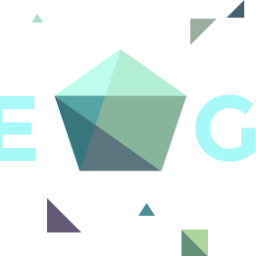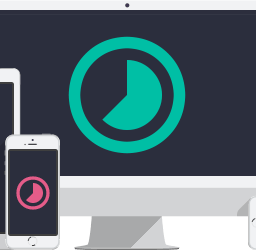Original Post by Chelsea Mize
When you experience a lull in productivity or a slump in motivation, it’s all too easy to blame time management as the root of the problem. However, managing your time more effectively to get more done is not necessarily the answer to increased productivity.
Surprisingly enough, the psychological state you’re in when tackling an important task plays a much larger role in your overall productivity than your time-management skills. So if productivity is all about your mindset, how do you prime your mental state for optimum productivity?
All you need to do is follow the simple NLP formula before you start working and your productivity will skyrocket. The NLP (Neuro Linguistic Programming) formula takes into account a few things — how we organize our thoughts, how we use language to make sense of our experiences and how sequences of repetitive behavior and patterns of thought can help or hinder us — to provide us with a surefire productivity method that will lead us to success.
Think back on the last time you were really productive. How did you feel about the project? Were you stressed out about meeting a deadline or were you engrossed in the task at hand? The reason we often get stressed about a project is because we get tunnel vision and only focus on the looming deadline instead of looking at the big picture. As the deadline approaches, the pressure builds. If you can learn to expand your focus past that singular point in time, the pressure can be relieved and you can better focus on the now.

Step 1: Choose a Project
The first step to implementing the NLP method is to pick a project or area of focus where you want to be the most productive. Dedicate yourself to spending 90 minutes each day for the next 30 days working on that core project.
Step 2: Prime Your Mental State
Pinpoint three moments in the past were you were at your most confident and focused. Take 10 minutes and really dwell on those memories. Think about where you were, what you could see and smell and taste. What music were you listening to? How did you feel about the project at hand? What were your thoughts like?
Step 3: Anchor Your Productivity to a Physical Action
As you muse, when you feel like you’re in a productive headspace and you’ve hit your peak emotional state while reminiscing, snap your fingers. Then, turn on a specific playlist or album that you associate with productivity.
Step 4: Visualize the Project at Hand
As you jam to your productivity mix, take a few minutes to visualize how your next 90 minutes are going to unfold. What progress will you make on your project? How will you feel? Then go beyond those 90 minutes; think about the days or weeks to come. How will your project unfold over time?
Now re-wind your visualization and walk through it again. Don’t just focus on the project deadline; visualize past that.
Step 5: Get to Work
Once you’ve run through your visualization exercise a few times, it’s time to work. So sit down and propel forward through your 90 minutes of productive work for the day.
Step 6: Repeat
Every day when you sit down to do your 90 minutes of work on your project, repeat this process. Snap your fingers, put on your playlist and visualize what your next 90 minutes will be like. Create patterns in your behavior and eventually your brain will begin to associate those cues with productivity.
Productivity is not always about time-management, it’s also about being in the right emotional state. To be a master of productivity, all you need to do is control the art of getting yourself into the right psychological state before you kick off the task.
Want more productivity tips and hacks? Check out the Momentum Conferencing’s Blog for more ways to help kick your productivity into high gear


